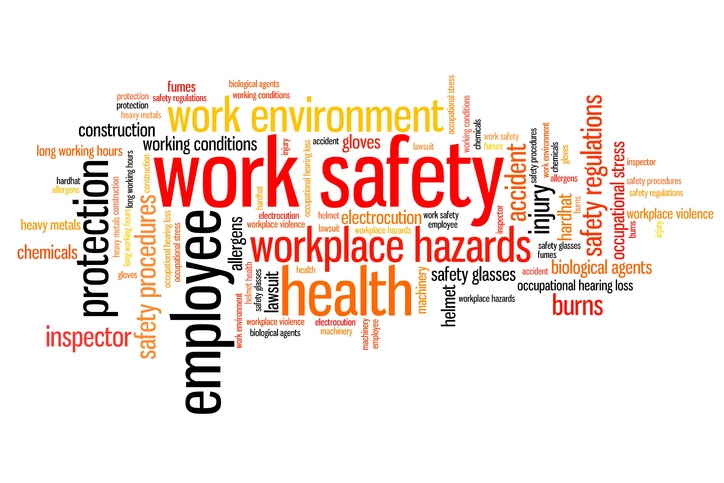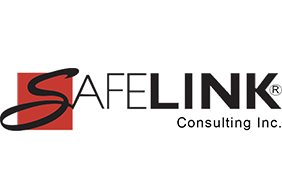June is national safety month observed annually in the United States. Promoted by the National Safety Council, it is an excellent opportunity for employers to examine their workplace health and safety program. As we enter June, it's essential to highlight the significance of safety, particularly in the workplace.
June is recognized as National Safety Month, a time dedicated to promoting safety awareness and preventing accidents and injuries. In the workplace, emergency preparedness plays a crucial role in ensuring the well-being of employees and the general public. Employers can utilize this month to perform hazard assessments, review their secondary container labeling system, perform annual safety training, and ensure the Safety Data Sheets for chemicals are on file. Let's explore some important do's and don'ts specific to emergency preparedness in the workplace.
Do's:
-
1. Develop an emergency response plan: Create a comprehensive plan tailored to your facility. Identify key roles and responsibilities, communication protocols, evacuation routes, and procedures for handling various emergencies.
-
2. Conduct regular drills and training: Regularly practice emergency scenarios through drills and training sessions. This helps employees become familiar with protocols, enhances coordination, and identifies areas for improvement.
-
3. Maintain essential supplies: Ensure your facility is equipped with a first aid kit containing essential first aid supplies, such as bandages, first aid ointment, and sterile gloves. Regularly check and replenish these supplies so you are prepared in any emergency situation.
- Don'ts:
-
1. Don't overlook staff safety training: Adequate training is essential for staff to respond effectively during emergencies. Neglecting training can hinder the ability to handle critical situations. Invest in ongoing training programs and refresher courses to keep staff prepared and confident.
-
2. Don't neglect equipment maintenance: Regularly inspect and maintain emergency equipment, including eye wash stations and fire extinguishers. Faulty equipment can jeopardize staff and patient safety and hinder emergency response efforts.
-
3. Don't forget about communication: Establish effective communication channels within your team. Ensure staff members can quickly relay information, report emergencies, and communicate with other departments or external emergency services.
By adhering to these do's and avoiding the don'ts, your facility can enhance their emergency preparedness and create a safer environment for everyone. National Safety Month serves as a reminder to review and strengthen safety measures in the workplace. The National Safety Council strongly encourages all businesses to seize this opportunity to bring safety back into focus and keep it in the forefront of their employee’s mind. Let's prioritize safety this June and commit to providing the highest standard of care while being prepared for any emergency that may arise. Stay safe, stay vigilant!
Get a FREE OSHA Workplace Emergency Action Plan Checklist
Are you opening a new business, purchasing an existing business, or evaluating your current business regulatory compliance program? If so, then the online course, Top 5 Safety Compliance Issues Employers Need to Know, will help you with your due diligence checklist. Safety compliance issues range from employers not knowing where to go to gather the information to not following through with an effective workplace safety training program once knowledge is gained.
This OSHA compliance / safety course will cover:
- Knowing OSHA’s Safety Standards
- Preparing written programs for worker safety
- Developing safety programs to meet OSHA training requirements
- Monitoring safety
- Enforcing safety rules
Take this online course to learn more presented by Mary Borg-Bartlett, a Senior Safety Compliance Advisor and an Authorized Trainer under OSHA’s Outreach Program.
Need an employee Health and Safety Manual for your business to assist in meeting OSHA requirements? Contact SafeLink Consulting for customized safety programs specific to your industry.
Learn more about what SafeLink Consulting can do to help your business with compliance services, including safety compliance, to meet OSHA training requirements and quality system consulting to meet FDA compliance. SafeLink Consulting assists businesses with workplace safety training, infection control training, HIPAA training online, quality systems, assessments, audits, due diligence, and more.
Industries include:
Dentistry compliance - assisting the dental practice with meeting requirements for OSHA, HIPAA, EPA, and CDC guidelines, patient safety and employee health & safety
Dental Laboratory compliance - assisting the dental lab with meeting requirements for OSHA, FDA, and CDC guidelines, employee health & safety, plus FDA requirements for lab manufacturing custom implant abutment /gmp for medical device manufacturers
Medical Device Manufacturers compliance - assisting with meeting OSHA compliance & FDA requirements, GMP - good manufacturing practices
General Industry compliance - assisting with OSHA compliance and FDA compliance as it pertains to the specific business
Beverage Industry compliance - assisting beverage businesses such as the craft brewery, winery, cidery, distillery, vintner with meeting OSHA compliance, health & safety, FDA requirements / GMP - Good Manufacturing Practices
Get notification when new regulatory compliance training courses are available plus upcoming news and events by subscribing to our email news.








Leave Comment